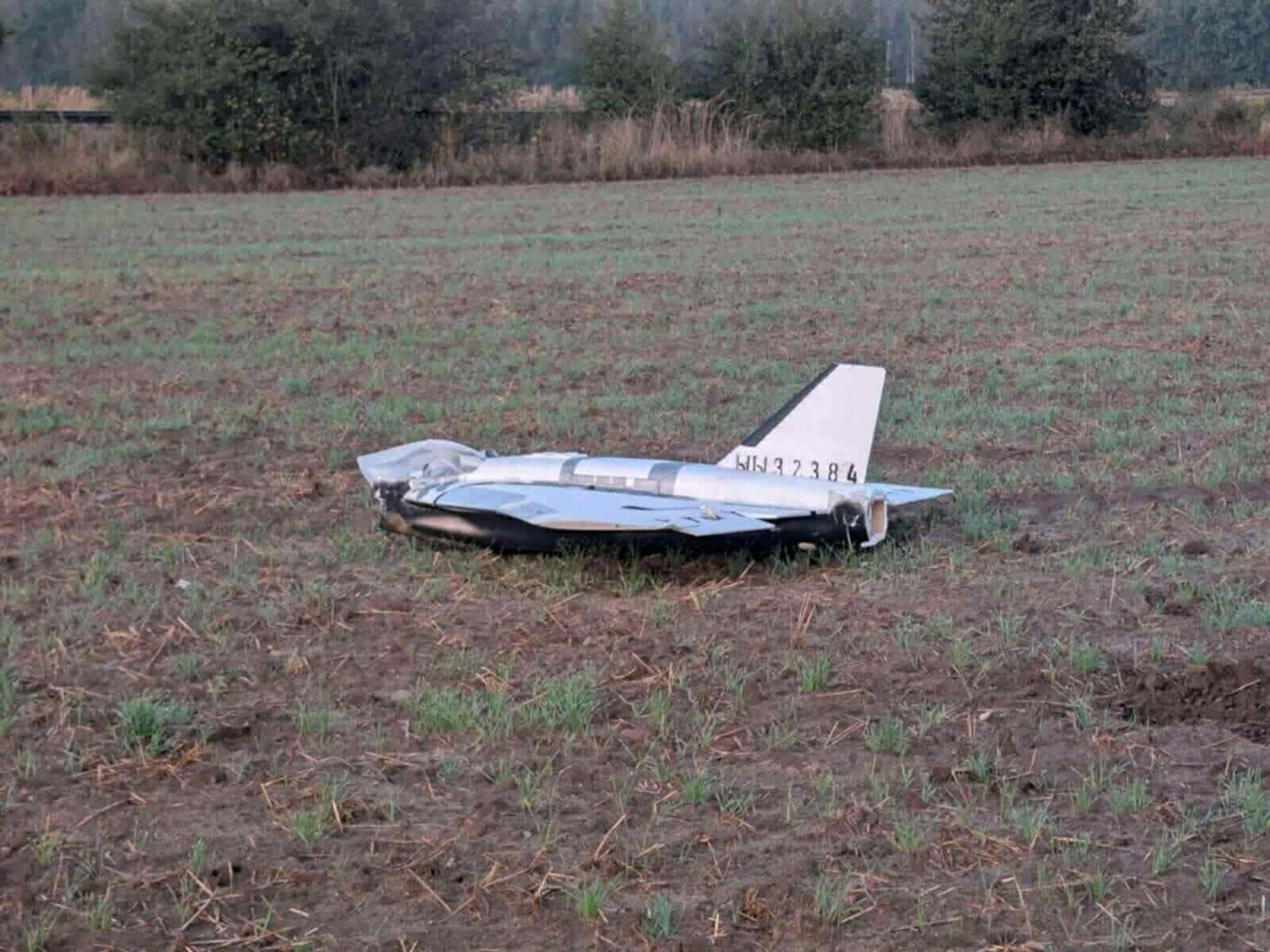NATO’s Response to Russian Drones in Poland

Introduction
The escalating tension between NATO and Russia has taken centre stage in recent months, particularly with the increase in Russian drone activity near Poland’s borders. These developments have raised concerns within NATO about the security of member states and the potential for conflict. Understanding these dynamics is crucial for assessing not only Polish security but also the broader implications for European stability.
Recent Events
In late September 2023, Polish authorities reported a significant uptick in the number of Russian drones spotted along the eastern borders of Poland. This has coincided with NATO’s increased surveillance operations in the region to counter potential threats. Reports indicate that these drones have been deployed for reconnaissance and disinformation campaigns, which aim to destabilise the region.
NATO’s strategic response has included enhanced air policing missions over Poland and the Baltic states, with additional fighter jets deployed to monitor Russian aircraft and drones. NATO Secretary General Jens Stoltenberg emphasised the alliance’s commitment to defending every inch of its territory, stating, “We will not let our guard down in the face of aggression.” This commitment underscores the seriousness with which NATO regards these aerial incursions.
Broader Implications for Security
As NATO prepares for a possible escalation in tensions, the implications extend beyond military readiness. Political analysts suggest that the drone activity serves not only a tactical purpose but also aims to test NATO’s resolve. For Poland, this situation is particularly concerning given its historical context and geographical proximity to Russia.
In response, Poland has begun reinforcing its border security measures and engaging in discussions with NATO allies on shared defence capabilities, including air defence systems that can specifically counter drone threats. The potential for a more significant military confrontation in the region cannot be ignored, prompting calls for coordinated efforts within NATO to address the multifaceted challenges posed by such drone deployments.
Conclusion
The situation involving NATO and Russian drones in Poland is indicative of larger geopolitical tensions that could have lasting consequences for European security. As NATO continues to adapt to these challenges, it is poised to enhance its defensive posture while strengthening alliances among member nations. The need for vigilance, strategic planning, and solidarity is more crucial than ever as the situation continues to evolve. Observers note that with the increase in military activities and political rhetoric, the stakes could not be higher for the security architecture in Europe.
